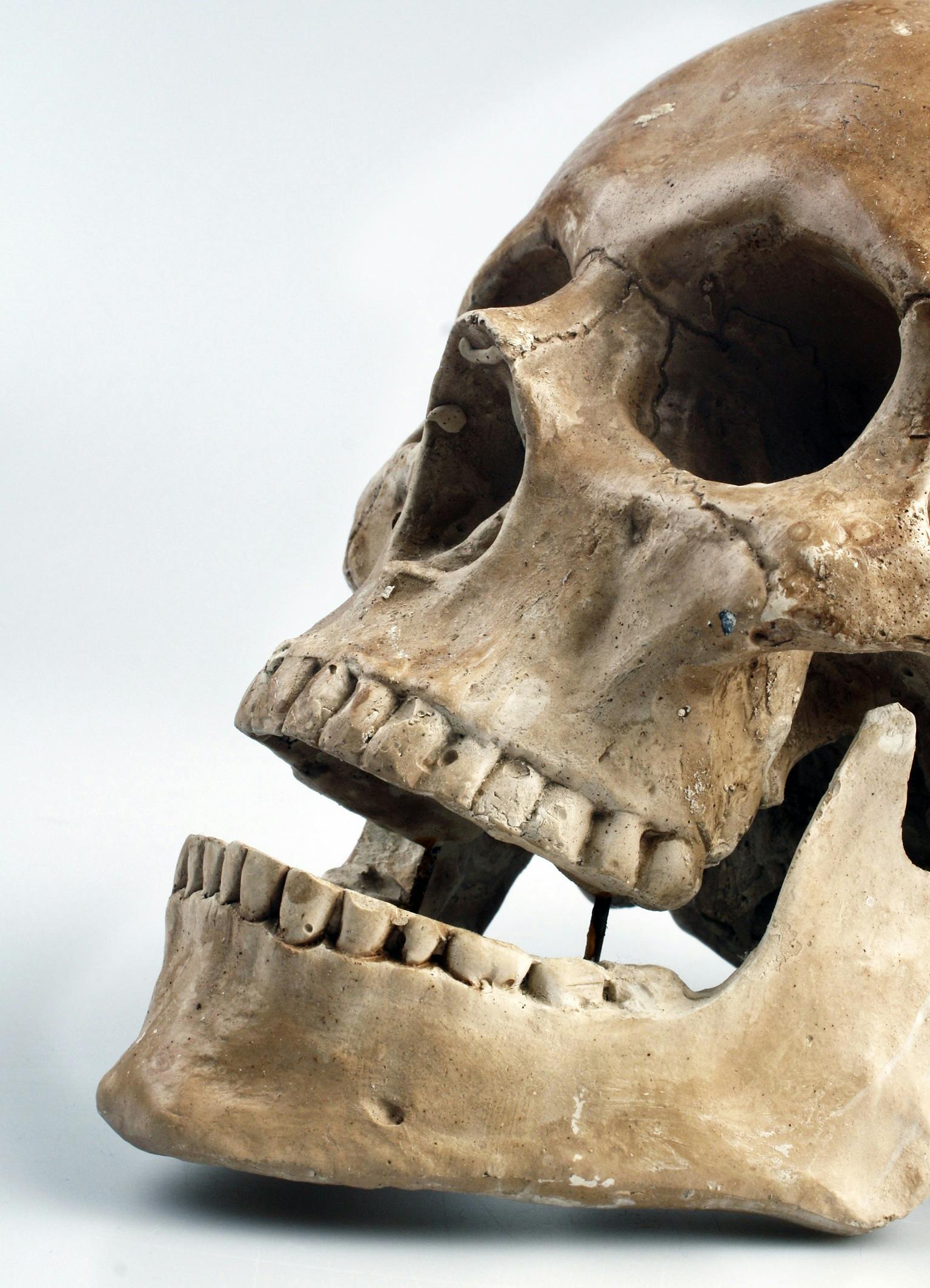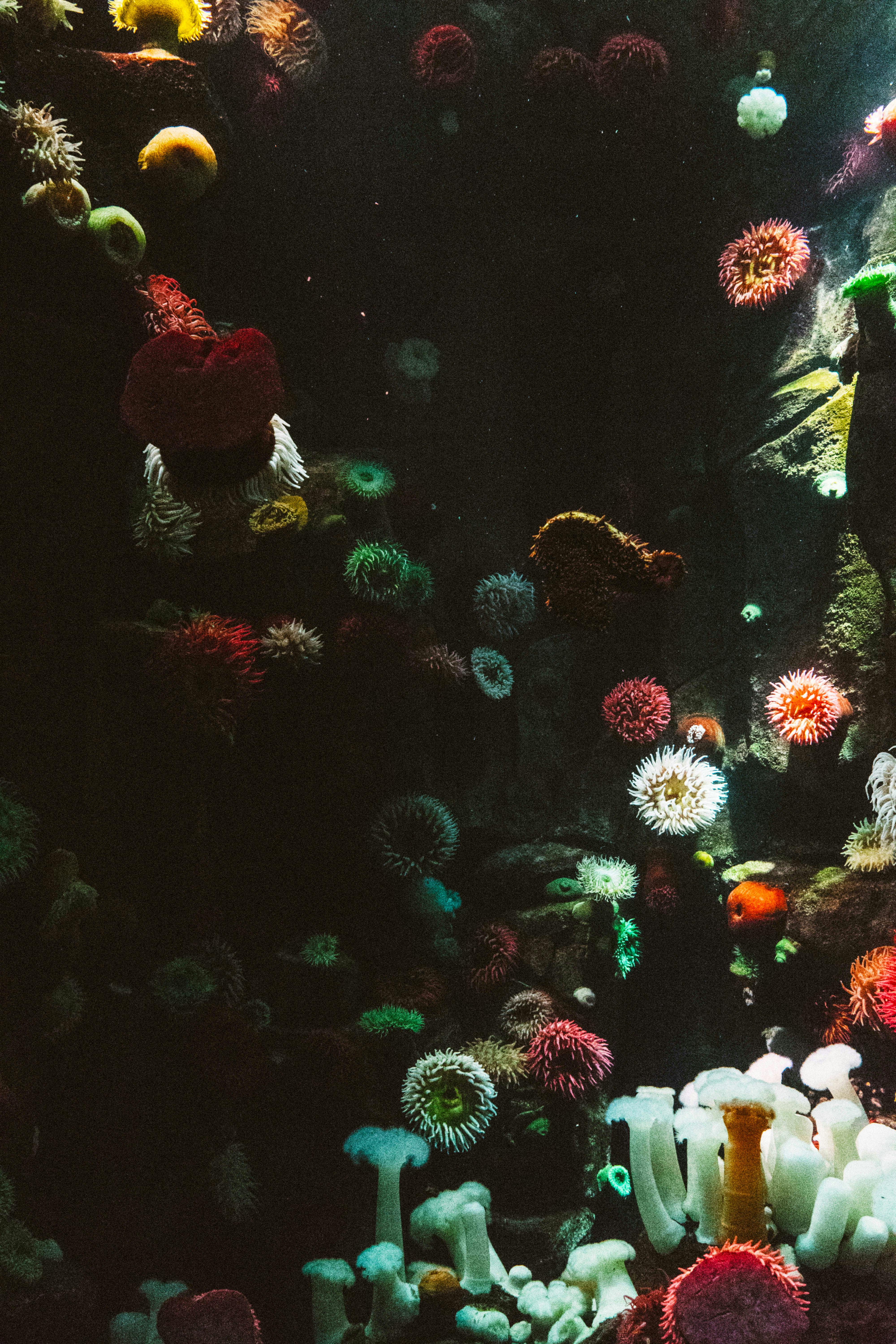
Essential Care Guide for Your Dwarf Hotot Rabbit: Tips and Tricks for 2025
Dwarf Hotot rabbits are increasingly becoming popular as family pets due to their gentle temperament, distinctive appearance, and interactive behavior. With their striking white fur and dark eyes, these rabbits are not just visually appealing but also known for their playful nature. As a responsible pet owner, ensuring the well-being of your Dwarf Hotot involves understanding their specific needs, which includes diet, grooming, training, and socialization.
In this article, we will explore the essential tips and tricks for caring for your Dwarf Hotot rabbit in 2025. By adopting best practices in nutrition, habitat enrichment, and health management, you can provide a happy and healthy environment for your furry companion. We'll cover everything from fundamental care requirements to advanced strategies that enhance your rabbit's quality of life, ensuring they thrive in your home.
Let’s dive into the essential aspects of Dwarf Hotot care, emphasizing their unique characteristics and behavioral needs, while also linking to valuable resources for further exploration.

Key Aspects of Dwarf Hotot Rabbit Care
Understanding the unique characteristics and needs of Dwarf Hotot rabbits is crucial for successful pet ownership. These rabbits require special attention to ensure their well-being.
Hotot Rabbit Characteristics to Consider
The Dwarf Hotot is a small rabbit breed known for its lively disposition and sociable nature. They typically weigh between 3 to 4 pounds, making them suitable pets for families and individuals alike. Hotots thrive on social interaction, so it's essential to spend quality time with them daily.
Social animals by nature, Dwarf Hotots exhibit playful behavior and adapt well to family environments. Their friendly temperament encourages bonding with humans, but be sure to introduce them gradually to new experiences and family members to avoid overwhelming them.
Understanding Dwarf Hotot Behavior
Understanding the behavioral patterns of Dwarf Hotots is vital for providing them with the right environment. They enjoy exploring their surroundings and require ample space to hop around. Engaging them in interactive play helps prevent boredom and promotes mental stimulation.
A well-socialized Hotot exhibits fewer behavioral problems, making socialization a key part of their development. Engage in activities such as gentle handling, interactive toys, and the introduction of safe playmates. Recognizing signs of stress or anxiety early will allow you to address any issues before they escalate.
Habitat Essentials for Dwarf Hotots
Creating a comfortable habitat is essential for your Dwarf Hotot's health and happiness. Their living space should be spacious, clean, and safe. A multi-level rabbit hutch is an excellent option, providing different areas for sleeping, eating, and playing. Ensure that the hutch is made of chew-proof materials and provides adequate ventilation.
In addition to a well-structured living space, consider enhancing their habitat with rabbit-safe toys, tunnels, and climbing structures. This fosters an enriching environment, keeping your Dwarf Hotot entertained and active.
Feeding Your Dwarf Hotot Rabbit for Optimal Health
Nutrition plays a pivotal role in the health of your Dwarf Hotot. Understanding their dietary requirements will ensure they live a long and healthy life. Let's explore how to provide the best rabbit diet and maintain optimal nutrition.
Dwarf Rabbit Diet Essentials
A high-fiber diet is crucial for Dwarf Hotots. Fresh hay should make up the majority of their diet, supplemented with fresh vegetables and a small amount of high-quality rabbit pellets. Make sure to provide a variety of greens to keep it interesting, such as romaine lettuce, cilantro, and parsley, while avoiding toxic plants.

Nutrition for Hotot Rabbits
When selecting rabbit food, look for products that are specially formulated for rabbits, ensuring they provide the necessary vitamins and minerals. It's vital to monitor their weight and adjust their diet as needed to prevent obesity—a common health issue in pet rabbits.
Common Nutrition Mistakes
One common mistake among rabbit owners is overfeeding pellets. While pellets are convenient, they should not be the main component of your rabbit's diet. Always prioritize hay and fresh vegetables. Additionally, limit sugary treats and fruits to occasional snacks, as they can lead to gastrointestinal issues if overconsumed.
Grooming and Health Care Practices
Proper grooming is essential for a Dwarf Hotot's hygiene and overall health. Regular grooming helps prevent matting and promotes skin health. Let's discover grooming tips and essential health care practices for your furry friend.
Grooming Your Dwarf Hotot Rabbit
Grooming not only keeps your Dwarf Hotot looking its best but also serves as a bonding activity. Brushing your rabbit regularly helps to remove loose fur and prevent hairballs. Use a gentle brush, specifically designed for rabbits, to ensure a pleasant experience.
Routine Veterinary Care for Rabbits
Regular veterinary check-ups are crucial for maintaining your rabbit's health. Schedule annual wellness exams to monitor their health and receive necessary vaccinations. Discuss flea prevention and spaying/neutering with your vet for overall wellbeing.
Identifying Common Health Issues
Be vigilant in observing your Dwarf Hotot’s behavior and health. Signs of illness can include changes in appetite, energy level, or behavior. Know the common health issues in rabbits, such as dental problems and gastrointestinal stasis, and consult your veterinarian at the first sign of trouble.
Socialization and Training Tips
Socializing your Dwarf Hotot and understanding their training needs are critical for a harmonious relationship. Here, we delve into effective techniques for socializing and training your pet rabbit.
Socializing Your Hotot Rabbit
Encourage good interactions with humans and other pets to create a well-adjusted Dwarf Hotot. Start socialization early; introduce them to various sounds, environments, and people in a controlled manner to increase their comfort level over time.
Litter Training Hotot Rabbits
Litter training is achievable and can make your life easier. Utilize a litter box filled with paper-based litter to train your Dwarf Hotot. Place their droppings in the box, encouraging them to recognize it as their bathroom. Patience is key, but with consistency, they will learn quickly.
Common Training Challenges
Be patient with your rabbit during the training process, as every rabbit learns at their own pace. Some may resist litter training initially, and it's essential to avoid punishment. Instead, reward positive behaviors with treats and praise to reinforce learning. Understanding the unique temperament of Hotots will aid in overcoming these challenges.
Ensuring a Happy and Healthy Life for Your Dwarf Hotot
Maintaining the health and happiness of your Dwarf Hotot requires dedication to their care routines and understanding their needs. By creating an enriching environment, providing a balanced diet, and engaging in regular socialization and training, you contribute to a fulfilling life for your rabbit.
Practical Enrichment Activities
Engagement is key in your Dwarf Hotot's life. Rotate their toys and provide puzzle feeders to encourage mental stimulation. This not only entertains them but also mimics natural behaviors and keeps them active. Outdoor time in a safe, enclosed space can also enhance their physical activity levels.
Creating Companionship with Your Rabbit
Your Dwarf Hotot thrives on companionship. Spend quality time playing, grooming, or simply relaxing together. Establishing a routine that includes interaction will strengthen your bond and result in a more well-rounded rabbit.
Signs of a Happy and Healthy Dwarf Hotot
A happy Dwarf Hotot will exhibit playful behavior, approach you eagerly, and display curiosity about their environment. Monitoring their appetite and activity levels will also help you gauge their overall health. Regularly engage with your rabbit, as emotional well-being is as vital as physical health.
Frequently Asked Questions about Dwarf Hotot Care
How often should I take my Dwarf Hotot to the vet?
Annual check-ups are recommended for routine health assessments and vaccinations. However, if you notice any changes in behavior or health, consult your veterinarian immediately.
What are the best toys for Dwarf Hotots?
Look for chew-proof toys, tunnels, and activity balls designed specifically for rabbits. These provide stimulation and lead to healthier playtime.
How can I tell if my Dwarf Hotot is unhappy?
Signs of an unhappy rabbit include decreased activity, aggression, excessive chewing, or hiding. Address any changes in mood by providing enriching activities and evaluating their habitat for comfort.
What should I feed my Dwarf Hotot?
Feed a balanced diet comprising high-quality hay, fresh vegetables, and limited pellets. Always ensure clean, fresh water is available.
Is spaying or neutering important?
Yes, spaying or neutering is crucial for preventing unwanted litters and many health issues. It also tends to reduce aggressive behavior in rabbits.